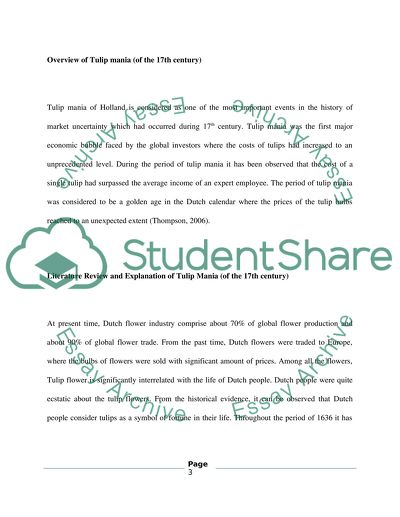Cite this document
(“Coursework Assignment BEHAVIOURAL FINANCE VIEW ON MARKET BUBBLES Essay”, n.d.)
Coursework Assignment BEHAVIOURAL FINANCE VIEW ON MARKET BUBBLES Essay. Retrieved from https://studentshare.org/finance-accounting/1462089-coursework-assignment-behavioural-finance-view-on
Coursework Assignment BEHAVIOURAL FINANCE VIEW ON MARKET BUBBLES Essay. Retrieved from https://studentshare.org/finance-accounting/1462089-coursework-assignment-behavioural-finance-view-on
(Coursework Assignment BEHAVIOURAL FINANCE VIEW ON MARKET BUBBLES Essay)
Coursework Assignment BEHAVIOURAL FINANCE VIEW ON MARKET BUBBLES Essay. https://studentshare.org/finance-accounting/1462089-coursework-assignment-behavioural-finance-view-on.
Coursework Assignment BEHAVIOURAL FINANCE VIEW ON MARKET BUBBLES Essay. https://studentshare.org/finance-accounting/1462089-coursework-assignment-behavioural-finance-view-on.
“Coursework Assignment BEHAVIOURAL FINANCE VIEW ON MARKET BUBBLES Essay”, n.d. https://studentshare.org/finance-accounting/1462089-coursework-assignment-behavioural-finance-view-on.


